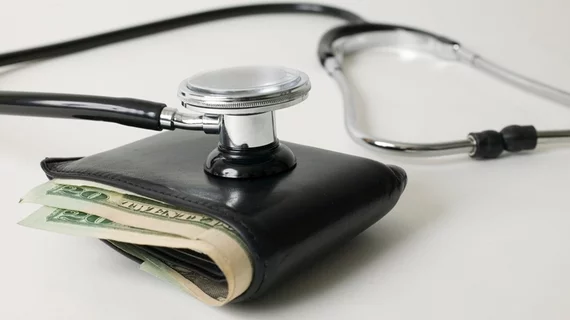What recent changes to the Paycheck Protection Program mean for your radiology practice
Recently finalized changes will grant radiology practices more leeway in using dollars gained from the Paycheck Protection Program, created to aid businesses hit hardest by the COVID-19 pandemic.
President Donald Trump signed the PPP Flexibility Act of 2020 into law Friday, following unanimous passage in the Senate. Among other things, the changes will give practices a longer period of time to use loans and remain eligible for forgiveness, and the option to use more of the funds for non-payroll expenses.
“For months, I’ve heard from small business owners in Central Texas who have, for one reason or another, been unable to take loans provided under the Paycheck Protection Program,” Rep. Chip Roy, R-Texas, cosponsor of the bill, said in a statement issued last week. “From my conversations, as well as numerous visits with business owners, employees, and members of our community, it became clear that changes were necessary to make the program work for many businesses,”
The legislation also offers employers longer periods in which to rehire employees or eliminate reductions in their payrolls, and allows them to defer payroll tax payments alongside forgiveness of loans, according to a recent summary of the bill. Plus, it grants longer periods of deferral before repayment must start, and the ability to repay unforgivable portions of the loan, according to Healthcare Administrative Partners.
“In many cases this new legislation will make it somewhat easier for employers to achieve forgiveness of all or part of their PPP loan,” Rebecca Farrington, chief revenue officer for the consulting firm, wrote in a blog shared Monday. Providers should also take note that the PPP application has changed since the bill’s passage, she added.
The loan program was first initiated back in March as part of the massive, $2 trillion CARES Act, aimed at boosting an economy crippled by the COVID crisis. You can read more on what the PPPFA means for your practice in this blog from Healthcare Administrative Partners, and the breakdown posted by the American College of Radiology on Friday.

